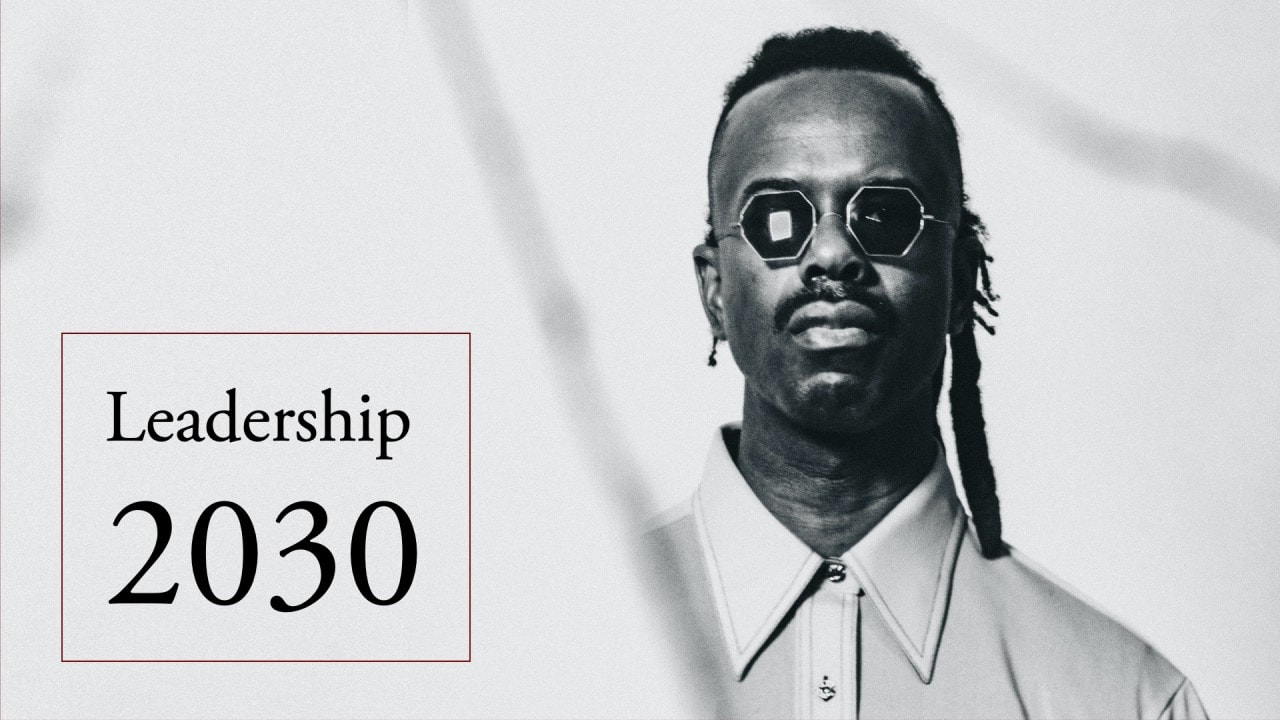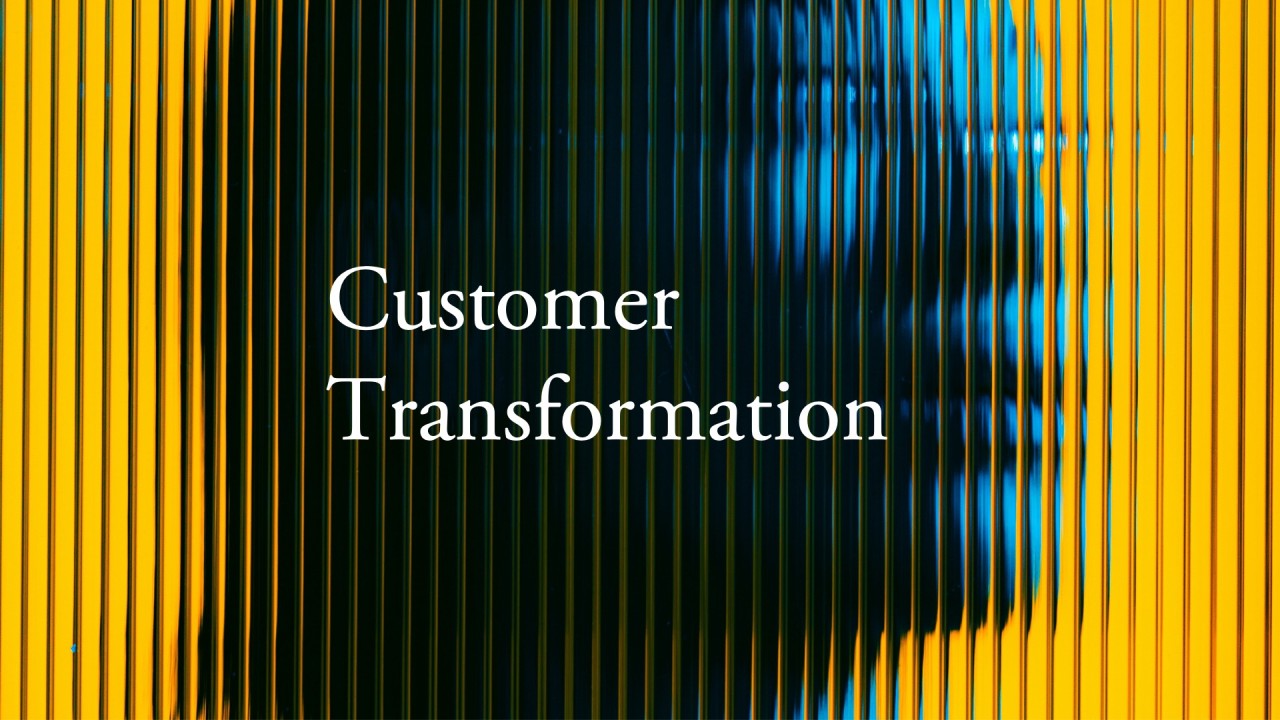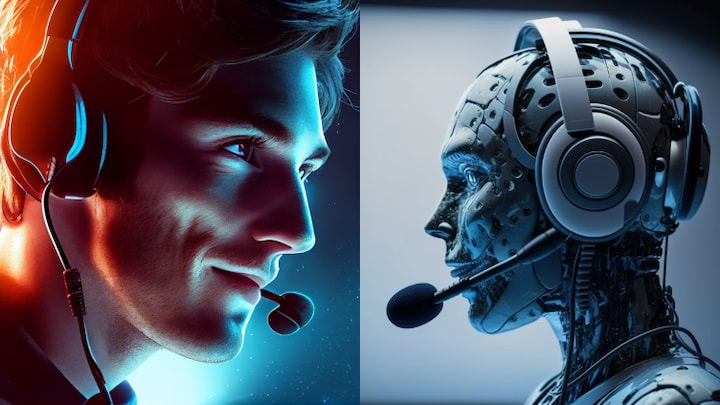|
“We have a clear customer strategy, yet it’s so hard to get our people to implement it. To create a customer-centric culture. How do we fix that?”
It’s one of the most popular questions I get on customer transformation. When I talk to senior executives behind closed doors, I often hear the same story.
Life is fine for now, but the rate of change in technology and society is going so fast that it’s getting impossible to keep up. If I listen to the experts on LinkedIn, customer success in 2024 is about digital transformation, data and, of course, AI.
Of course they are right
Which ever way you look at it, customer success is about leadership.
I’ve experienced this firsthand. Whenever working on a business where the CEO or key senior leaders had the customer in their heart, transformation programmes were easy. Budget was available. Goal posts moved. Stuff got done. But, to be fair, it’s not always easy to be a customer-centric leader. Omotenashi.
A Japanese word the internet inadequately translates as “hospitality”, or “service with a spirit of wholeheartedness”. They say you cannot win an ice hockey match by chasing the puck. You need to skate where it will be.
I increasingly think of this expression when reviewing and discussing customer strategies. The following paragraph found by Ros Gray really intrigued me.
“Five essential actions to make our transformation successful are to build a portfolio innovation strategy across the entire value chain; a disciplined strategic approach to innovation; speed to value; internal capability to make innovation everyone's job; and use ecosystems to constantly sense the market and see what's on the edge. We need integrated agile approaches with waterfall management - because that’s where the rubber hits the road.” Unless you’ve been living under a rock, you probably got the memo that AI is going to impact the way we do business. By now, you have probably also played with ChatGTP, Bing, Midjourney or the hundred of tools out there.
But while it’s fun to put the Mona Lisa on a surfboard or rewrite an email in the words of William Shakespeare, AI is above all a tool. And I want to learn how it affects my trade of customer-centricity. In my recent personal newsletter, Thoughts & Tidbits, I made the case that organisations should match their digital transformation investments with a ‘human touch’ for everything they do.
Tactically, because any digital edge will eventually be copied by the competition. Strategically because, until further notice, humans still pay the bills and we like a side serving of humanity. Still, we live in a time where nothing is as it was before. The other day I saw a customer experience checklist that said a business had to be Easy, Fast, Convenient, Trackable, Personalised and Predictive ... OR ELSE, the relationship with its customers would fall apart.
In my head, it makes sense. In my heart, I have my doubts. Especially when looking at my top 'real life' relationship: that with my wife. |
AuthorAlain Thys helps leaders in large organisations drive profit and growth through customer transformation. Archives
March 2024
Categories
All
|











 RSS Feed
RSS Feed

3/20/2024
0 Comments